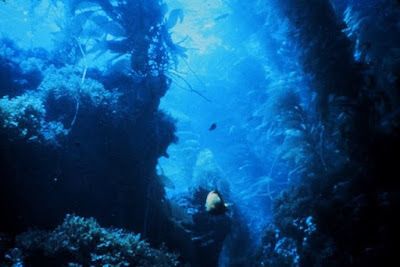15 Interesting Facts About the Taklamakan Desert
- Taklamakan Desert is present in Xinjiang, an autonomous region in Northwest China. It is the largest, warmest, and driest desert in China.
- With an area of around 337,000 km2, Taklamakan is the 16th largest desert in the world and the 4th largest in Asia (behind the Arabian, Gobi, and Thar deserts). During the last 1000 years, the area of this desert has increased nearly 100 km towards the south.
- More than 85% of the Taklamakan Desert is composed of mobile dunes. This feature makes it the world’s 2nd largest shifting sand desert after Rub al Khali in Saudi Arabia. Dust storms can take the sand from the Taklamakan to the Pacific Ocean, Atlantic Ocean, Greenland, and North America.
- Taklamakan Desert lies within the Tarim Basin, the largest inland basin in China. The Tarim River is the largest inland river in China. It mainly flows through this desert.
- The large mountain ranges surround the Taklamakan
desert from three sides. These include Pamirs in the west, Tien Shan in the north, and the Kunlun Mountains in the south. These mountain ranges create a rain shadow, which is the reason
for the existence of this cold desert.

Mountain ranges around Taklamakan create rain shadows
- The Taklamakan is one of the several cold deserts of Central Asia and its adjacent areas. The climate is warm (40 Celsius or above) in summers and cold in winters (-20 Celsius or lower). Daily temperature difference in this desert can reach 40 C.
- There are several meanings attributed to the word “Taklamakan.” It may mean “abandoned place,” “the place of ruins,” or “the place of no return.”
- Archaeologists discovered several well-preserved mummies from the Taklamakan Desert during the late 1980s. These 3000-year-old mummies had European physical features. Scientists now believe they belonged to an ancient civilization, present between Europe and China. (Source)
- There are two cross-desert highways in the Taklamakan. The Tarim Desert Highway links the northern and southern areas of the desert. The Bayingol to Ruoqiang road is on the eastern side of the Taklamakan desert.
- The project of Golmud-Korla Railway is currently under construction. After its completion, it will connect the Taklamakan Desert with the Qinghai province in China.
- Taklamakan desert is on the route of the ancient Silk Road. It played a vital role in developing China’s foreign trade for centuries.
- Despite being one of the driest deserts, farmers were able to grow crops around 1,700 years ago. They did that by using ancient irrigation techniques with assistance from travelers on the Silk Road. (Source)
- The entire Taklamakan desert is devoid of plant cover. Only sparse and scattered vegetation of reeds, tamarisk, and niter bushes are visible in areas where groundwater lies close (10 to 15 feet) to the surface. A few plant species present in river valleys of the Taklamakan desert include oleaster, Turanga poplar, saltworts, and camel thorn.
- The desert poplar is an ancient tree species limited to North Africa, southern Europe, and parts of Asia. However, the largest population of these trees is inside the Taklamakan Desert. The oldest recorded living desert poplar, dating back to 1709 or earlier, is also located in this desert. (Source)
- Like other deserts, animal life is scarce in the Taklamakan desert. However, there are several types of animals in this sandy desert, such as some rodents (rabbits, field mice, jerboas, and gerbils), insectivores (bats and long-eared hedgehogs), carnivores (foxes and wolves), ungulates (Siberian deer, wild camels, gazelles, and wild boars), and birds (Tarim jay and tufted larks). All these animals have adapted to desert life.



Comments
Post a Comment